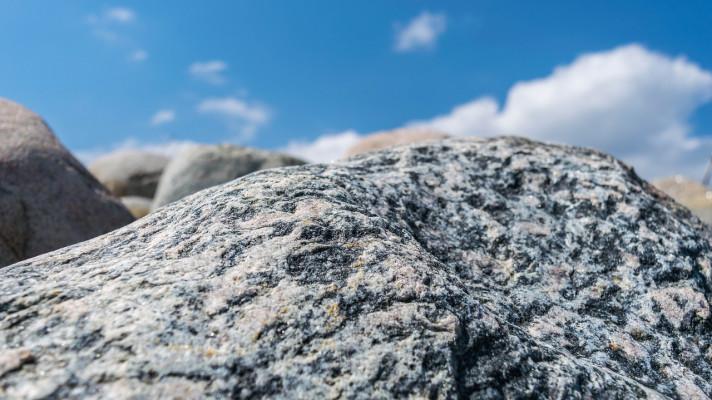3D geologický a seismický model oblasti zálivu San Francisco
| 3D Geologic and Seismic Velocity Model of the San Francisco Bay Region |
|
The USGS is releasing a new tool to help mitigate loss of life and property -- a 3D computer model of the upper 20 miles of the Earth's crust in the greater San Francisco Bay Area that will enable researchers to accurately predict the shaking levels of past and future earthquakes. Construction of this 3D Bay Area model has been a joint effort of the USGS Earthquake Hazards Program and the USGS National Cooperative Geologic Mapping Program. Previous work by the USGS and others has shown that the 3D structure of the Earth has a significant impact on how strongly an earthquake is felt at different locations and on the duration of the shaking. Because seismic waves propagate through different rock types with differing speeds that depend on the rock properties, the waves can be deflected as they travel and can reflect off interfaces with appropriate velocity contrasts. These effects need to be understood in order to predict the shaking that will be experienced at sites around the Bay Region during future large earthquakes.Traditional two-dimensional geologic maps, like the one seen below, show the distribution of rock units at the Earth's surface. The 3D computer model represents an important scientific advance. It combines 100 years of surface geologic mapping by the USGS, the California Geological Survey, and many other institutions together with decades of research into the seismic properties of the rocks in the Bay Area. It is also based on information from boreholes and variations in the Earth's gravity and magnetic fields. It is a fault block model - that is, the upper 15-20 miles of the Earth's crust has been broken up into irregular shaped blocks, bounded by faults. Including the faults in the subsurface provides key information, since seismic waves can reflect (bounce) off faults or can bend and be focused as they cross faults. The model also includes the subsurface shape, depth, and properties of basins that underlie the Santa Clara Valley, Livermore Valley, and Santa Rosa Plain. The soft sediments in these basins trap seismic energy and greatly enhance shaking levels relative to surrounding regions. The 3D model incorporates geological knowledge in fine subsurface detail.
The locations of earthquakes relative to faults and rock bodies give clues as to the locations of locked patches on the major faults. These locked patches are the portions of faults most likely to break in future large quakes.
A part of the 3D model showing rock types adjacent to the Hayward Fault may help scientists understand why parts of this fault are creeping while other parts seem to be locked, rupturing periodically in magnitude ~7 earthquakes.
Seismic velocities of rocks and sediments at shallow depths determine how strongly an area will shake. By assigning velocities to rock types in the 3D model, geologists can gain an impression of the extent of areas of low shear velocity that are most likely to experience localized strong shaking and future earthquake damage. The new 3D model will be calibrated to match the ground shaking observed during the 1989 Loma Prieta earthquake, and then will be used to simulate the ground shaking produced by the 1906 San Francisco earthquake and other potential Bay Area earthquakes. The amount of ground shaking at a site depends on the local rock formations, soil conditions, and the subsurface structure along the path of the seismic waves. Some important applications of the new model include:
|






